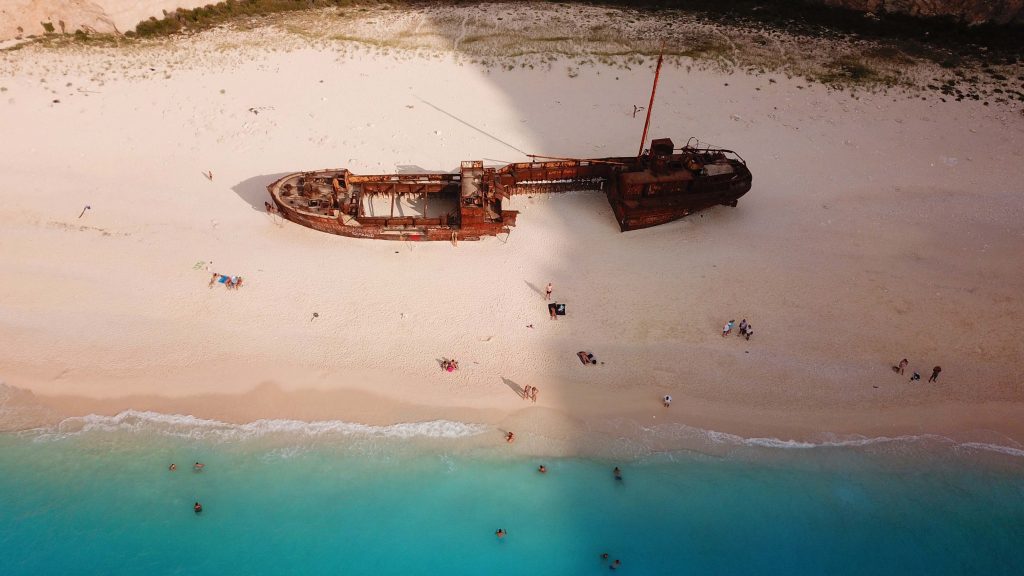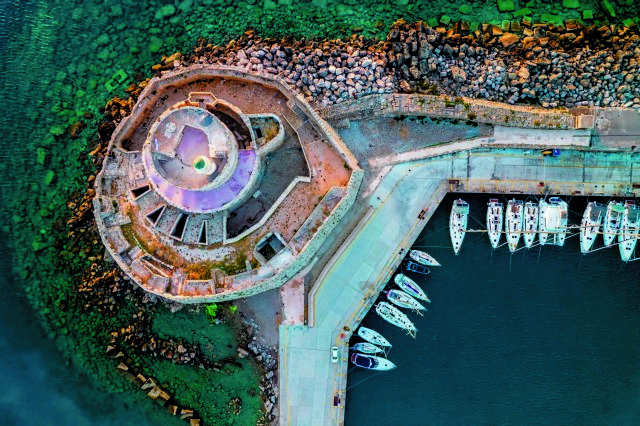Climate change has escalated into a climate crisis in recent years, impacting not just human lives and infrastructure, but also leaving its mark on cultural heritage.
The images of the ship wreck “Panagiotis,” that became a landmark of one of Greece’s most famous beaches, buried in the sand cause concern over the greatest enemy of Greece’s monuments and landmarks.
In September 2023, the storm ‘Daniel’ not only flooded the region of Thessaly but also its archaeological sites, such as that of Palaioskala, near Lake Karla.
Christos Zerefos, Professor of Atmospheric Physics explains that destruction due to climate can take various forms affecting landmarks and monuments in many ways.
“The consequences of climate change are becoming increasingly pronounced along every coastline, in every burning forest, and in every coastline devastated,” says Angelos Amditis, Director of Research and Development at the Research University Institute of Communication and Computer Systems (ICCS) of the National Technical University of Athens (NTUA).
According to the study “Threats from Climate Change to UNESCO Cultural and Natural Heritage Sites in the Mediterranean,” which comprehensively documented the risks faced by 244 cultural and natural landmarks, among the 12 monuments across the Mediterranean facing extreme danger from climate change and seismic risk, are five located in Greece: The early Christian and Byzantine monuments of Thessaloniki, the Pythagoreion and Heraion on Samos, Mycenae and Tiryns, Delos, and the Medieval Town of Rhodes. Even the Acropolis is not immune to the climate crisis.
Zerefos, who participated in the study, emphasizes that “Although to a relatively lesser extent compared to the aforementioned monuments, the Acropolis is not an exception and faces danger, especially from extreme rainfall and high temperatures.”




